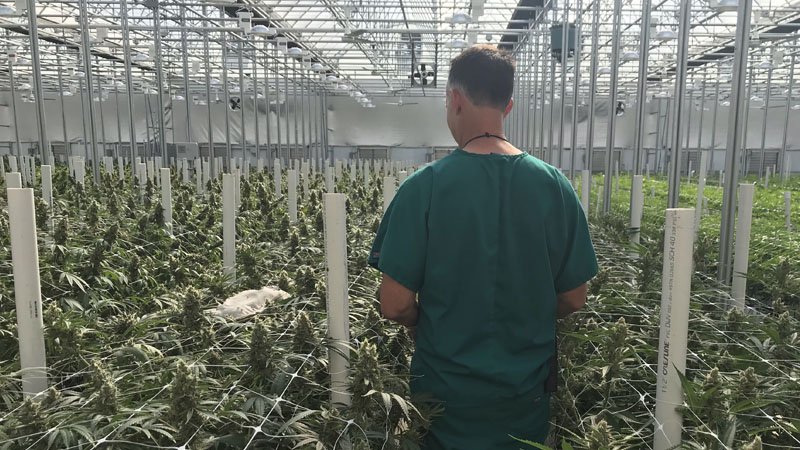
Fear of the unknown can make changing careers daunting and stressful. Under the right circumstances, such a life-altering event also can be rewarding.
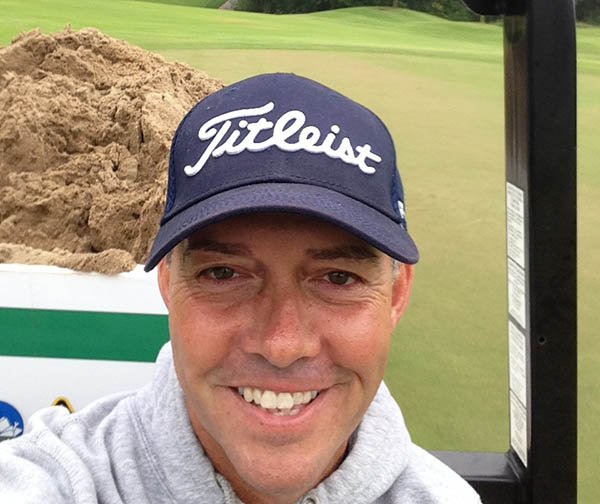 A former golf course superintendent for 20 years, Trey Anderson has experienced all of these sensations in the past four years as director of production at Ieso Illinois, a medical cannabis grower in Carbondale, Illinois.
A former golf course superintendent for 20 years, Trey Anderson has experienced all of these sensations in the past four years as director of production at Ieso Illinois, a medical cannabis grower in Carbondale, Illinois.
"I didn't know anything about this business four years ago," said Anderson, 49. "We were rolling the dice, especially at my age."
What he has learned since has been an eye- and mind-opening experience that dispels what many probably think about the cannabis-growing industry.
"Seeing people's opinions change is interesting, but we're not all the way there yet," he said. "I've brought a lot of politicians through here, and you can tell they think it's going to be a bunch of people in dreadlocks, wearing Dead Head T-shirts, playing Hacky Sack and smoking on their breaks. From the time they pull up and see how manicured the grounds are, the biosecurity measures we have in place, they are amazed at how professional it is, and, since they are politicians, how many jobs there are here."
All of those factors helped sway Anderson's opinion four years ago.
He had spent two decades as a golf course superintendent, including seven years at Nashville Municipal Golf Course in Nashville, Illinois and another 13 at Hickory Ridge Golf Course in Carbondale. He wasn't necessarily looking for another job when a golfer at Hickory Ridge, who happened to be the contractor building the IESO facility, approached him about a possible career change. But no one who has worked in the golf industry during the past 15 years would dismiss the idea of a career change out of hand.
"He found me on the golf course and told me 'they're looking for someone to do something like what you're doing on the golf course.' I didn't know anything about the cannabis business," Anderson said. "Golf at the time was pretty flat, and I was willing to talk to someone."
My wife was the deciding factor. She was supportive and said we should take the chance.
Anderson decided to try growing cannabis on a part-time basis before deciding whether he liked it - and whether it liked him. After a couple of months, the cannabis business was taking off. California was the first state to legalize cannabis for medical use in 1996, and Colorado and Washington were the first to legalize it for recreational use in 2012. Many others have since followed. Golf, on the other hand, was still headed in a different director.
"They wanted someone full time," Anderson said. "My wife was the deciding factor. She was supportive and said we should take the chance.
"I had to do some soul-searching. We looked at what was happening out West and it seemed to be trending that way here, and we thought more states would go that way."
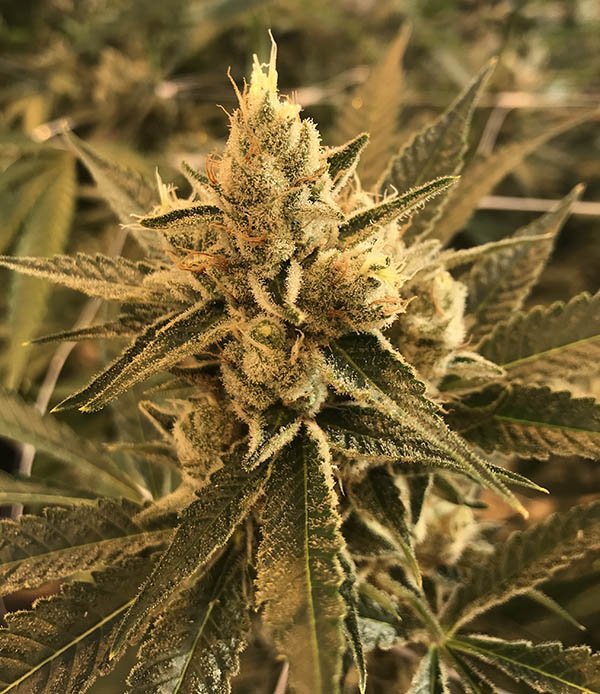 Although nearly half the states in the country had legalized medical cannabis by the time Illinois had in 2013, public opinion often swayed in those early days, Anderson said.
Although nearly half the states in the country had legalized medical cannabis by the time Illinois had in 2013, public opinion often swayed in those early days, Anderson said.
"I remember when I would call to order supplies, and when some companies found out you were in the cannabis industry, they wouldn't do business with you," he said. "Now, it's big money, and everyone wants to do business with you."
Indeed, the legal cannabis industry has come along way.
Instead of questioning his career change, Anderson's friends now ask how they can invest in his industry.
It is a highly regulated and professional industry with an intense level of biosecurity measures in place in an effort to minimize contamination from the outside world since spraying synthetic pesticides on plants grown for medicinal use is prohibited. It's a lot more big business than it is Cheech and Chong.
"There are 108 high-definition cameras here. Every room has at least one," Anderson said. "We have our own security team, and the Illinois State Police and Department of Agriculture have live feeds, and they can look in whenever they want."
Workers have to shower before entering the facility and after which are required to change into surgical scrubs that are laundered daily on site and a pair of Crocs that never leave the facility.
"The biggest similarity between this industry and golf is leading a group of people toward a common goal," Anderson said. "We work inside in a greenhouse, so Mother Nature is not as brutal as it is on the golf course, but we still get pests."
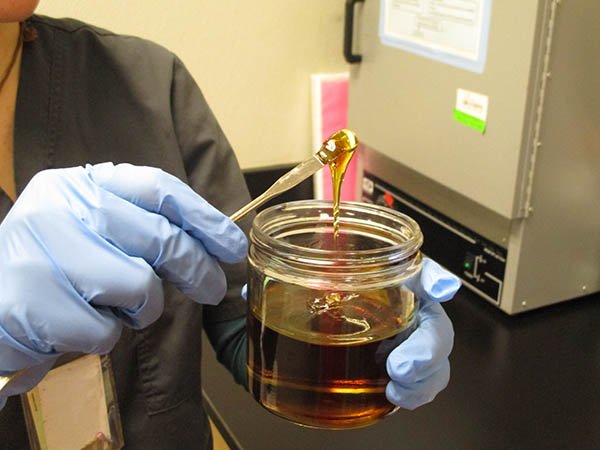 The facility is smack in the middle of Illinois corn country, so despite these efforts, some insect pests, like aphids and thrips, find their way in. In those instances, the most volatile tool Anderson might introduce are beneficial parasites, like ladybugs.
The facility is smack in the middle of Illinois corn country, so despite these efforts, some insect pests, like aphids and thrips, find their way in. In those instances, the most volatile tool Anderson might introduce are beneficial parasites, like ladybugs.
There are a lot of similarities between growing grass for golfers and cannabis for the sick.
Watering is done by hand, and there never seems to be enough help, but unlike golf, the cannabis industry needs help because it is growing at warp speed. To date, 46 states have enacted some combination of medical and/or recreational cannabis programs, according to the National Conference of State Legislatures. Only Idaho, Kansas, Nebraska and South Dakota have no public marijuana access program. Illinois legalized medical cannabis in 2013 and governor-elect J.B. Pritzker, who just defeated republican incumbent Bruce Rauner in November, has said throughout his campaign that he will work to legalize marijuana for recreational use.
Rauner, who assumed office two years after medical cannabis was legalized in Illinois, had stated throughout the campaign that he did not support the legalization of recreational marijuana.
"I have a tremendous amount of respect for what superintendents do every day," Anderson said.
"We're short-handed right now, so that's a lot like golf. There were four people here when I started, now we have 47. I love to be able to reward people who work hard with a living wage that can support a family, instead of paying minimum wage for seasonal work.
"We've talked about adding a second shift, and that might be just three or four months away based on the election."
The pace at IESO is hectic by nature so the facility can keep up with demand.
We've talked about adding a second shift, and that might be just three or four months away based on the election.
Some 10,000 plants are an staggered growth schedules so there is a harvest occurring almost about 50 weeks a year. Plants are grown vegetatively and by seed, with the former being the preferred method, said Anderson, who propagates countless plants in search of the perfect "mother" plant.
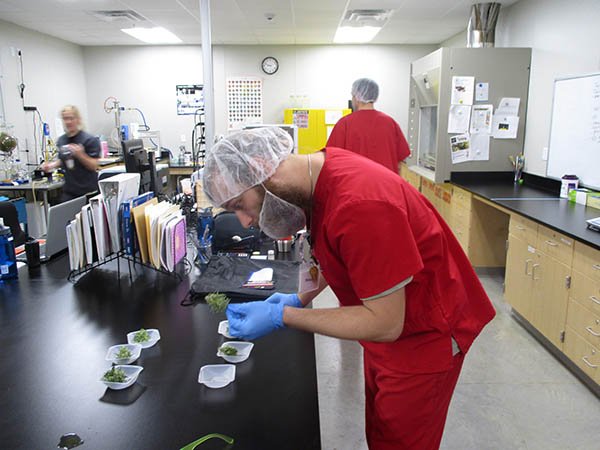 "If we plant 40 seeds, nature says half will be male. We don't want males, because that means pollen, which is bad for the flower. Once pollinated, the plant will spend its energy producing seeds, instead of the flower, which is where the medicine is, so we'll get rid of half of those," he said. "We'll grow out the females, and when they are big enough we'll take cuttings off those. Of those 20, you pick your best one or two for mother plants and get rid of the rest.
"If we plant 40 seeds, nature says half will be male. We don't want males, because that means pollen, which is bad for the flower. Once pollinated, the plant will spend its energy producing seeds, instead of the flower, which is where the medicine is, so we'll get rid of half of those," he said. "We'll grow out the females, and when they are big enough we'll take cuttings off those. Of those 20, you pick your best one or two for mother plants and get rid of the rest.
"Seeds are like offspring; each one is a little different. But when you take a cutting off a plant, you are getting an exact copy of the mother plant."
When Anderson first entered the cannabis industry, there was little scientific research on the topic, but he read dozens of books on the topic to get up to speed.
"It's now more science-based," he said. "It's a crop, and there is an art to growing it. I love the art and the science. The next great thing will be when the super scientists get involved, and they already are, and what they're going to be able to do with cannabinoids in the plant to be able to help people. It's not just a liberal agenda anymore."


